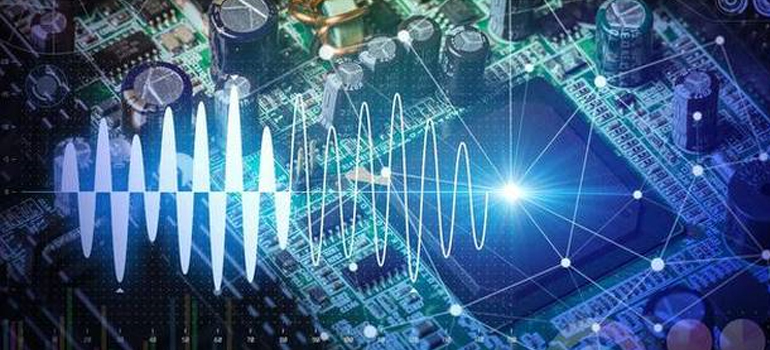
The science of generating electricity from every little motion on earth.
Nothing in this world (except, perhaps, Wordsworth’s butterfly) is really motionless. Everything is, if not moving, at least shaking, or vibrating. Ocean waves, vehicles zipping along and branches swaying in the wind are more visible, but even bridges shiver as vehicles pass over them and buildings are built to move a little, to let a gust blow or absorb an earthquake wave.
Every motion is an opportunity to capture energy, even if only a bit. This thinking has given rise to more research into an area that broadly goes by the name of ‘energy harvesting’.
In today’s world of IoT or internet of things, where every device is connected to others wirelessly, there is a need to provide local power. There are (going to be) billions of sensors everywhere. Thousands may lie, for example, under the soil in an agricultural field. Inside aircraft engines there are dozens of sensors that send information about the health of a component. Underwater sensors detect enemy submarines.
All these need energy. Imagine powering billions of sensors with batteries that need to be replaced every few years. Nightmare! The only way then is self-powering sensors.
Harvesting energy from movements is thought of as the solution.
Interesting products are being conceived of. For example, shoes that generate electricity as you walk. The Defence Research and Development Organisation is working on a device that a soldier can carry in a backpack to generate power as he or she walks.
At IIT Madras, Shaik Faruque Ali, Associate Professor, Department of Applied Mechanics, is working on a project, funded by the Department of Science and Technology, to produce ‘energy harvesting trees’ – their leaves generate electricity as they tremble in the wind. He is also working on a project to make wearable devices that produce electricity from the wearer’s movements.
How is electricity generated from movements? There is the good old electro-magnetic way – how most electricity is produced today, by moving a coil within a magnetic field. The more the smagnetic lines the coil cuts, the more the electricity passing through the coil.
So, if you place a coil hanging like a pendulum within a magnetic field in your car, you have yourself an onboard generator.
The other way of harvesting movements (or vibration) is to use the ‘piezoelectric effect’. Piezoelectric materials spew out electric charge when squeezed (subjected to mechanical stress). This is a reversible property, meaning that if electricity is passed through a piezoelectric material, it will vibrate.
Hybrid devices
Yet another trick is to combine both electromagnetic and piezoelectric principles to produce hybrid devices. Electromagnetic devices work under low frequencies of movement, while the piezo work only at high frequencies. IIT Madras has developed and placed such materials on the buses that ply within the campus, as an experiment.
Ali says that India is not lagging other countries in the theoretical research in this area, but it seemingly lags in its application, as only some sensor companies have dipped into this technology.
EnOcean GmbH of Germany, for instance, proclaims: “We obtain energy for our wireless sensors from the immediate surroundings – from motion, light and temperature.” UK-based Perpetuum (recently acquired by Japan’s Hitachi Rail) specialises in railway bogie monitoring using sensors that power up through the vibrations of the bogies.
Well, if the science is so well-known, what has kept ‘energy harvesters’ from becoming ubiquitous already? Ali points out that there are still some issues to be resolved (they will be). One issue, for example, is that the devices generate very small (micro to milli watts) power. To generate more, Ali says, you can harvest energy from multiple sources and connect them to form an array.
Which brings the discussion to the next challenge. Today, devices can be made for a particular application, which then will work under that specific movement. But harvesting more energy calls for devices that can tap into multiple types of movements – the devices need to be imparted with more versatility. This is currently an area of research.
The economic value of the harvested power may not be much. But energy harvesters are what would make IoT rollout possible.
The future is in movement.
Original News Link
https://www.iitm.ac.in/happenings/press-releases-and-coverages/era-energy-harvesters